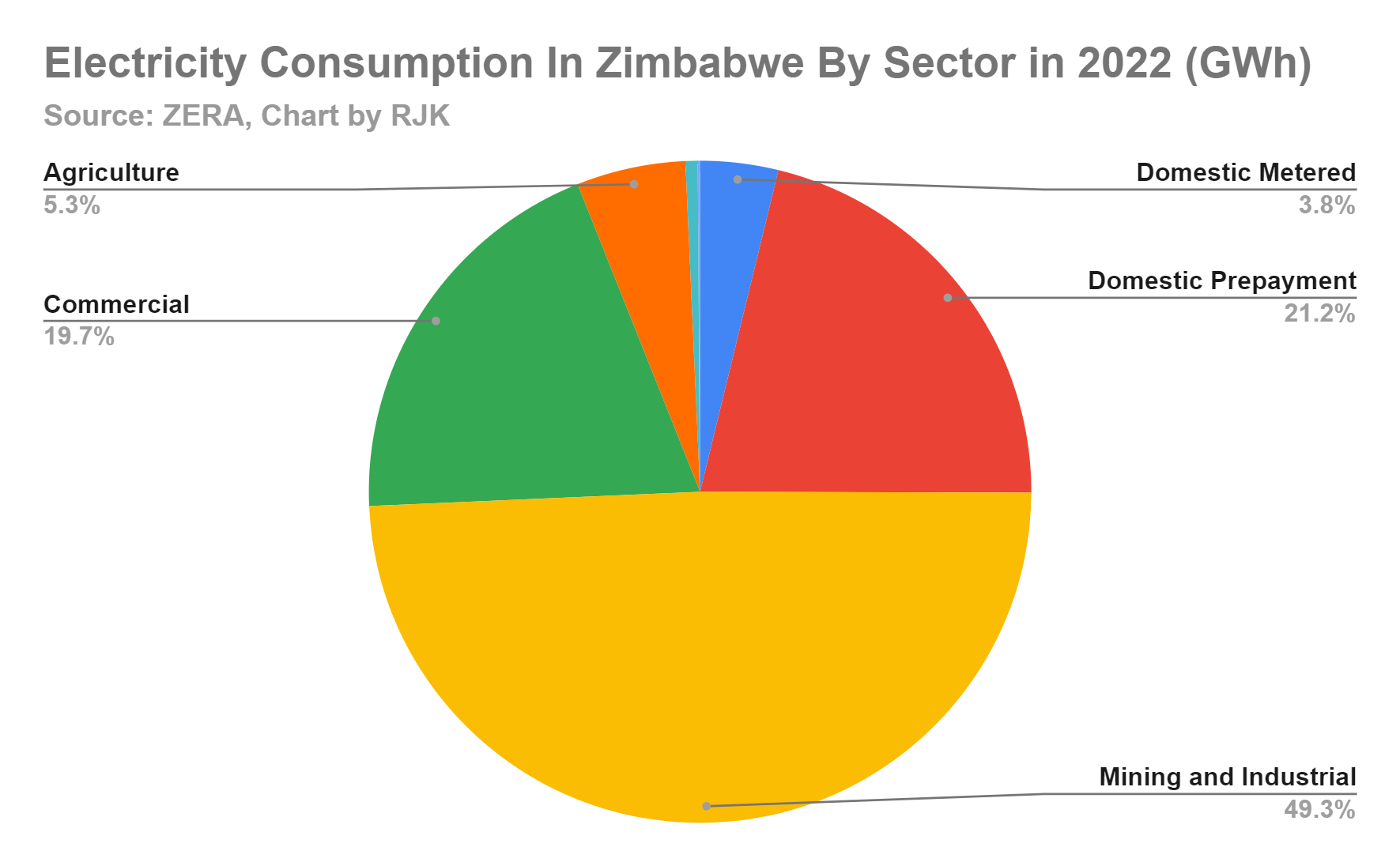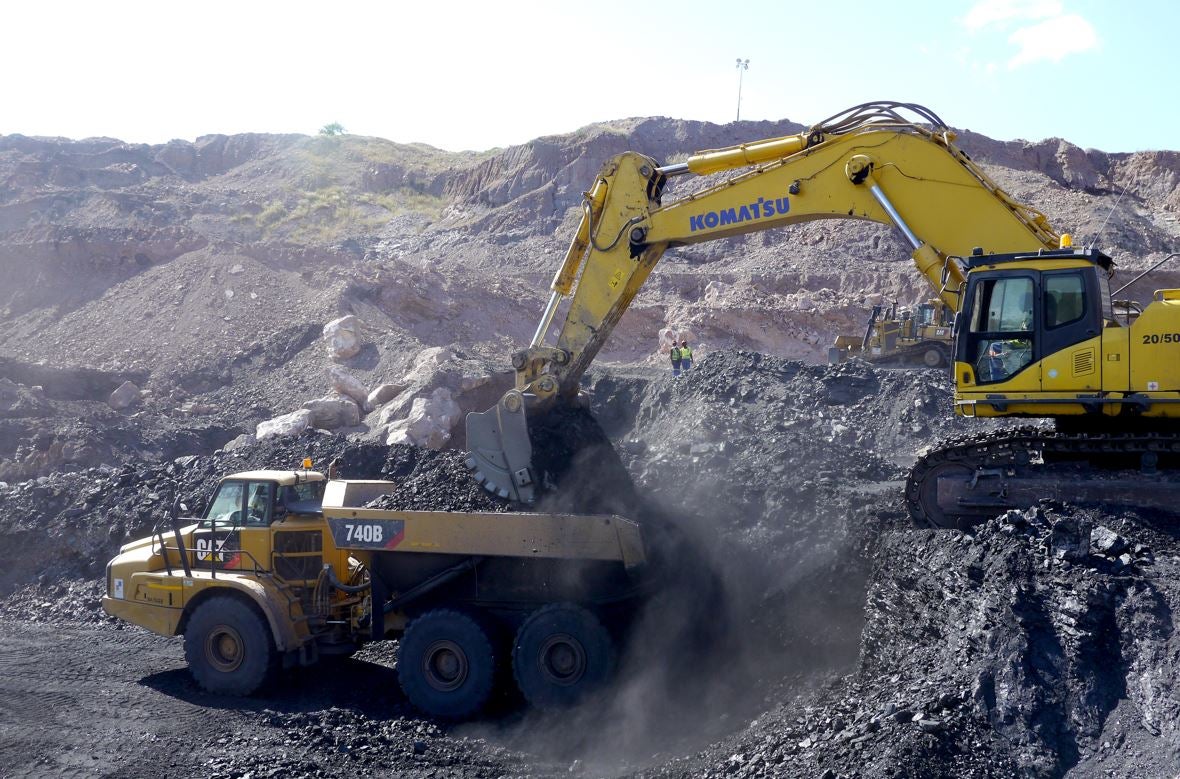It’s called the “nickel model,” and China hopes to duplicate it for its aluminum industry. Indeed, after more than 20 years of fast growth, China’s aluminum sector recently reached its domestic capacity limit. The government imposed this ceiling on new smelter construction to cut down on pollution and energy consumption. Now, the policy spur significant changes in both aluminum prices and the market.
China’s continued demand for aluminum has Chinese companies drawing up plans for a combined annual capacity of 10 million tons. The firms intend to spread this new production across Southeast Asia, with most of it centered in Indonesia. In many ways, China’s foray into Indonesia will emulate Chinese projects focused on nickel smelting and downstream processing industries.
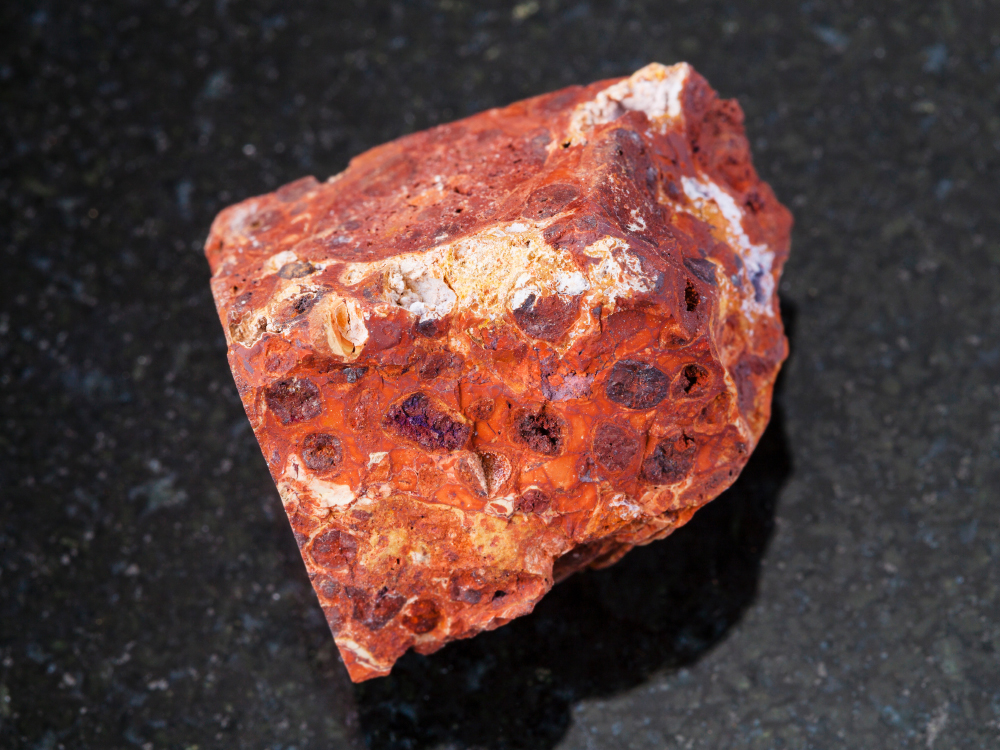
During the third quarter of 2022, a substantial majority of the 1,150 new investment projects with Chinese involvement fell under this umbrella. In all, they amount to about $1.56 billion.
On the other hand, Indonesia continues to develop its own aluminum industry. Indeed, the country is home to some of the world’s largest reserves of bauxite, nickel, and copper, the former being the raw material for aluminum. Incidentally, Indonesia recently banned the export of unprocessed bauxite. The goal of the policy was to encourage foreign investors to build smelters in the country.
MetalMiner’s September workshop “Falling Demand, Rising Material Costs & Supply Chain Shocks” covers all the key points procurement professionals need to know when going into 2024 contract negotiations. Opt in here.
Indonesia, Southeast Asia Remain Integral to the Chinese Economy
What mainly attracts Chinese companies to Southeast Asian destinations like Indonesia is cheap labor and access to energy resources. A few days ago, one of China’s largest producers of aluminum alloy bars, Innovation New Material Technology, announced plans to invest about U.S. $191 million (CNY1.4 billion) in a new plant in Vietnam. The plant will produce aluminum alloy sections for computers as well as communication and consumer electronics products, mostly for the Southeast Asian market. Surprisingly, the company’s share price fell following the announcement. Experts feel this stemmed from concerns about the new plant and its profitability.
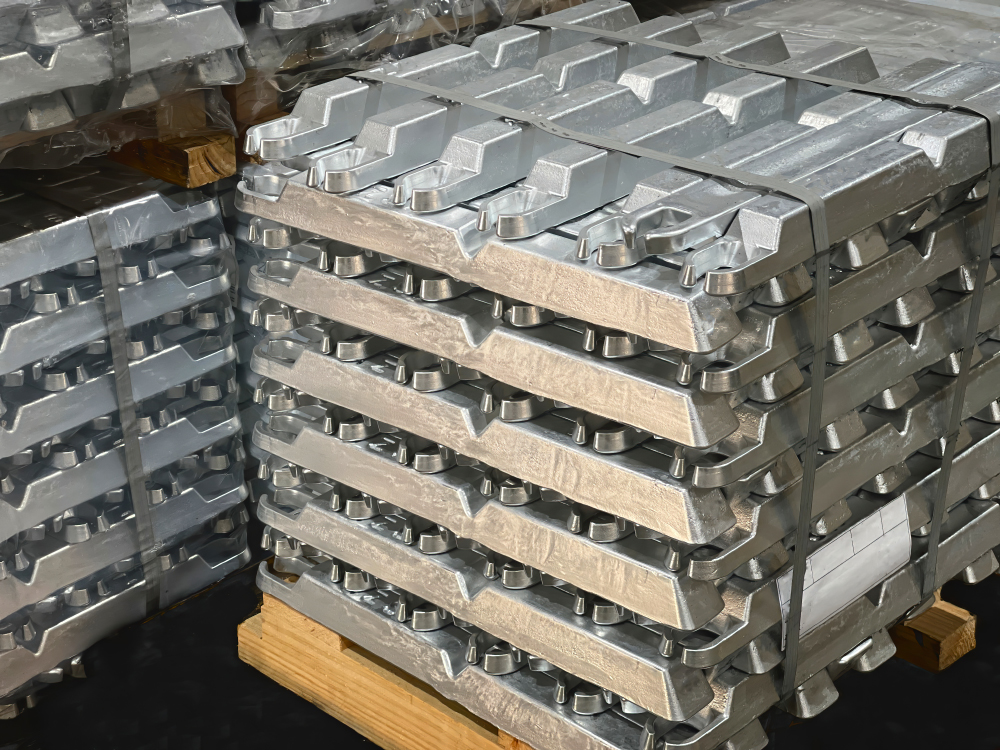
MetalMiner previously reported that there was significant uncertainty regarding the trajectory of Chinese aluminum production for the remainder of 2023. This came after a series of power cuts disrupted production in China’s Yunnan province, a region that accounts for roughly 12% of China’s total aluminum capacity. Indeed, since September 2022, Yunnan has experienced repeated issues with its power output due to low rainfall. These power problems continue to force electrolytic aluminum producers to reduce their power usage, resulting in slower output growth. In March, there was a 3% rise in China’s primary aluminum production compared to the corresponding period of 2022. Nonetheless, this growth occurred at a more subdued rate than in the preceding months. This and more metal market shifts are covered weekly in MetalMiner’s weekly newsletter. Opt in here.
Global Aluminum Prices Could Suffer from China’s Move
Some experts believe the expansion of China’s aluminum industry into Indonesia would have a significant impact on the global aluminum market. Indeed, many fear it may lower aluminum prices as more production capacity comes online. It could also increase competition for bauxite as Chinese companies seek to secure raw material supplies. Another major concern, particularly for Indonesian authorities, is the environmental impact of the expansion. After all, aluminum smelting is a major polluter. Therefore, the Indonesian government must ensure that Chinese aluminum smelting projects are properly regulated to protect the environment.
Aluminum Prices Could See a Significant Impact
In June of 2023, Shandong Nanshan Aluminum Co., a prominent aluminum manufacturer in China, revealed intentions to construct a sizable alumina refinery with a capacity of 250,000 tons in Indonesia. This ambitious project is slated for completion by 2026 and earmarked for establishment on Bintan Island.
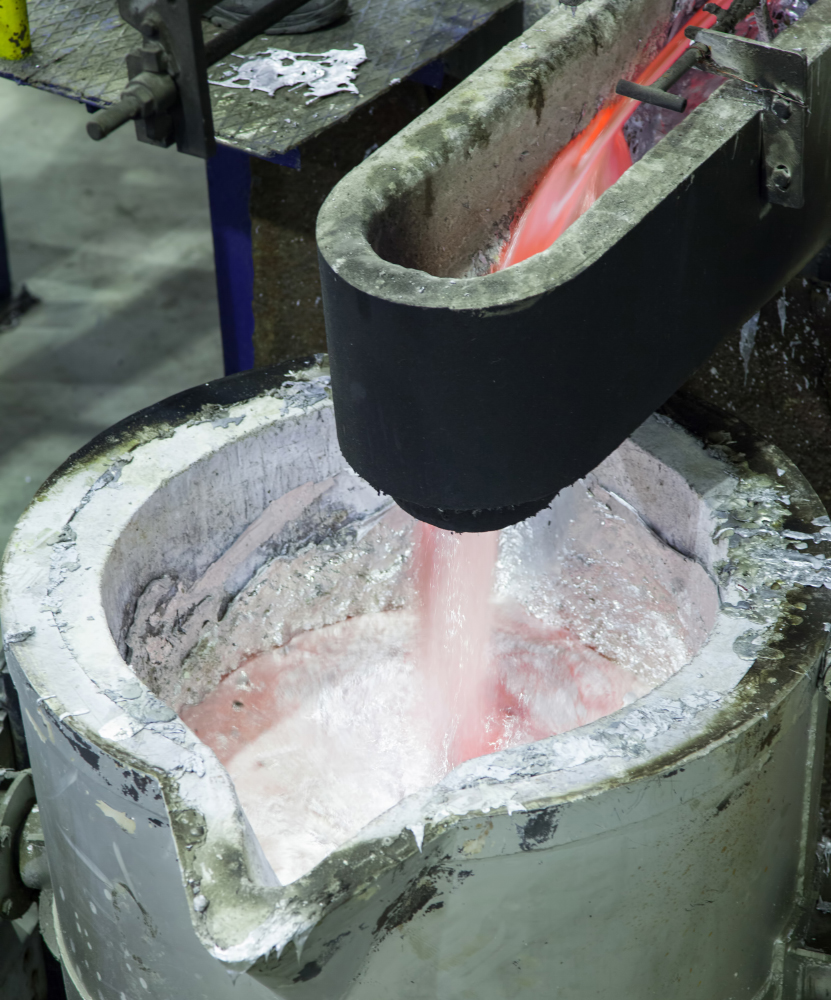
Subsequently, in July 2023, the Chinese government approved a substantial two million-ton alumina refinery in Indonesia. That proposal came from Huafon Group, a significant player in the chemicals industry. Reports indicate the refinery is set for construction on Sulawesi Island and has an anticipated completion date of 2025. All of these new facilities will increase supply and potentially impact the global aluminum price.
$5376.72
That same month, the Indonesian government announced it would impose an export ban on bauxite. Many analysts feel the move restriction could adversely affect China-Indonesia relations, though not as much as the general public might expect.
Indonesian President Joko Widodo said China, the country’s main Bauxite importer, was free to file a complaint with the World Trade Organization. Still, he was clear there would be no going back on the ban. But overall, the construction of alumina refineries in Indonesia is a major step forward for China. This is especially true after imports increased due to lower domestic supply from power cuts and reduced rainfall.
Get expert contract negotiation and souring strategies in MetalMiner’s 2024 Annual Metal Prices Outlook, releasing in September. Subscribe here.


